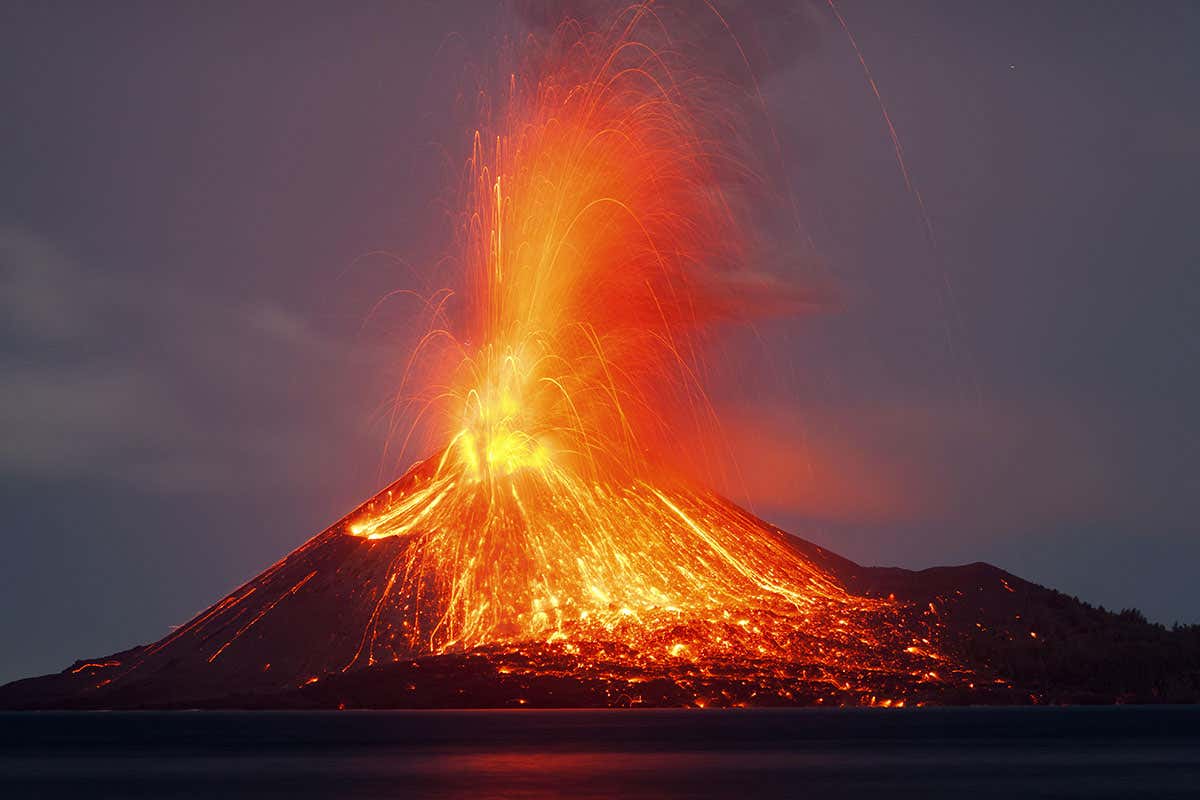Many of the forces within our atmosphere are easily recognized by us. This is due to the fact that we can use our senses to feel these forces. We can, for example, quickly determine the approximate temperature outside simply by stepping outside. We immediately know whether it is cold, warm or hot. Likewise, we can feel the amount of wind, or see the level of windiness by looking at how forcefully the trees are swaying back and forth. Even humidity is easily perceived. This is not the case with pressure.
Atmospheric pressure is the amount of force or pressure exerted by the atmosphere on the objects located within it. The more pressure there is, the stronger that force will be, or the harder the atmosphere will push against animals, plants, rocks, and the surface of the Earth.
Right this minute, as you sit reading this article, the atmosphere is pressing down around you. When it is pressing down with more force, we say that it is a high pressure. When the atmosphere presses in with less force, we say that there is a low pressure in the area.
What type of pressure is there around you right now? Is your area surrounded by a high or low pressure? Unlike temperature, moisture and wind, you can’t easily determine the pressure through your five senses.
Because it is difficult to perceive pressure through our senses, it is tempting to assume that pressure is not very important. This assumption would be very incorrect. Pressure is extremely important, and has a dramatic effect on our weather.
Pressure Affects the Landscape
Differences in pressure from one area to another causes air to move about quickly in an attempt to equal out the different pressures. This rushing of air is what we know as wind. Pressure differences also create differences in temperature. Together, wind and temperature can have a substantial effect on the landscape around us.
Wind has the ability to pick up and transport small amounts of dust and rocks. Over time, the wind can completely change what a particular location looks like. Temperature differences can also effect how an area looks, both in the short term and in the long term.
Why Does the Atmosphere Exert Pressure?
Everything around you is made up of tiny particles called molecules. This includes even your own body. In a solid object such as a rock, these molecules are bound to each other tightly, not moving very much. This allows a solid to keep its shape. A liquid, such as water, is also made up of molecules, but these molecules are much less forcefully bound to one another. They still remain together, but are free to move around somewhat. The molecules making up a gas, such as the gases in our atmosphere, are not bound to each other at all. They are free to move about, bumping into each other as well as into liquids and solids.
As the molecules of the atmosphere move around, bumping into objects such as your body, they create a pressure. This pressure is omnidirectional, meaning that it is not only exerted from above, but also from beneath, from the sides, and from every direction at once.
At sea level, the amount of pressure exerted by our atmosphere is about 14.7 pounds per square inch. This is around one kilogram per square centimeter. This means that at sea level an object will have 14.7 pounds of pressure pushing against every square inch of the object.
Yet, as we move around in the atmosphere, we are unaware of this pressure. We do not feel it because our bodies are made up of gases that are at the same pressure. In other words, the gases within our bodies actually push back outward at the same pressure.
Pressure and Density
Because all objects are made out of molecules, it is possible to determine how tightly packed those molecules are. This is known as density. The more tightly packed the molecules of an object, liquid or gas are, the more dense we say they are.
The density of a solid object will remain the same no matter where we place the object. The density of a liquid will change only slightly. However, the density of a gas changes drastically.
A gas will expand to fill whatever space it is provided. Thus, if we take a certain amount of gas out of one container and place it into another container that is twice as large the gas will expand, filling the larger container. We still have the same number of gas molecules, but now, they are filling a much larger area. Thus, the gas is half as dense as it was, or in other words, there is twice as much space between the molecules as there was in the smaller container.
Pressure and Temperature
As we add heat energy to molecules, those molecules begin to move more rapidly. This causes those molecules to exert an increased pressure as they bump into objects around them. It would thus naturally follow that the higher you increase the temperature, the higher will be the pressure in a particular location.
This, however, is not always the case. More often as the temperature increases, the atmospheric pressure actually decreases. Why do you think this would be the case? The answer is due to the fact that as the temperature rises, the atmosphere expands, becoming less dense. Even though it is true that individual molecules are each exerting more pressure, the decrease in density is enough to create a lower pressure.






